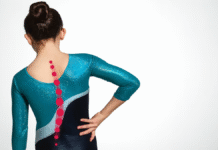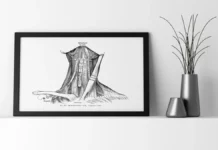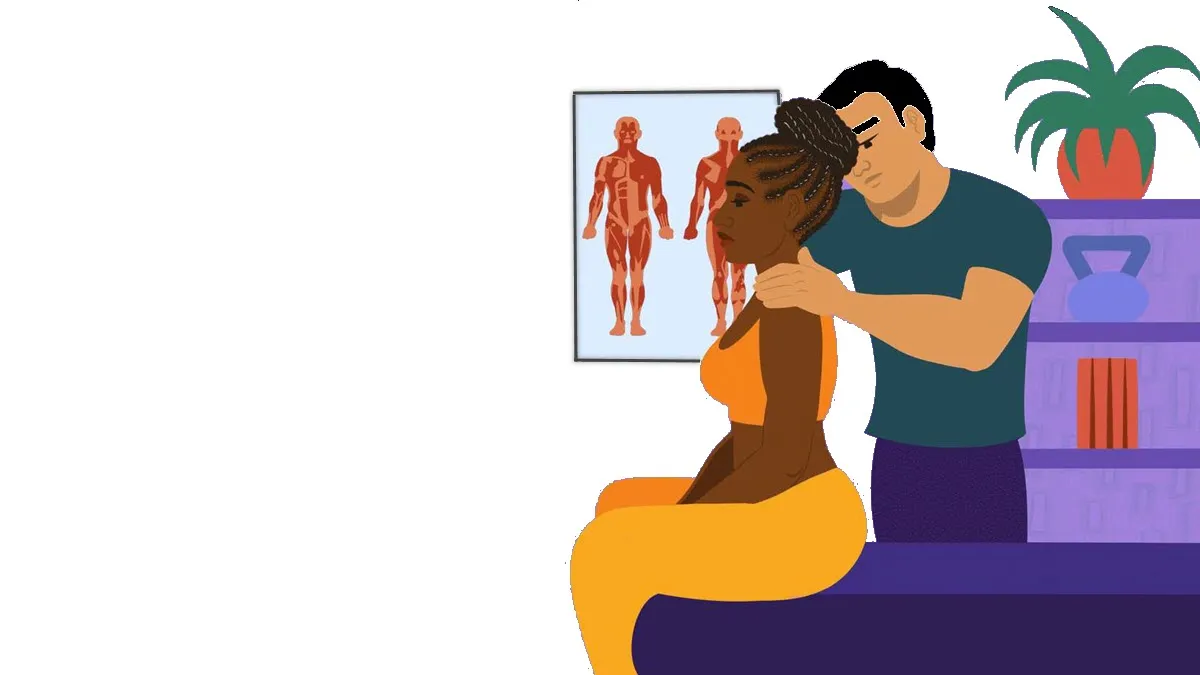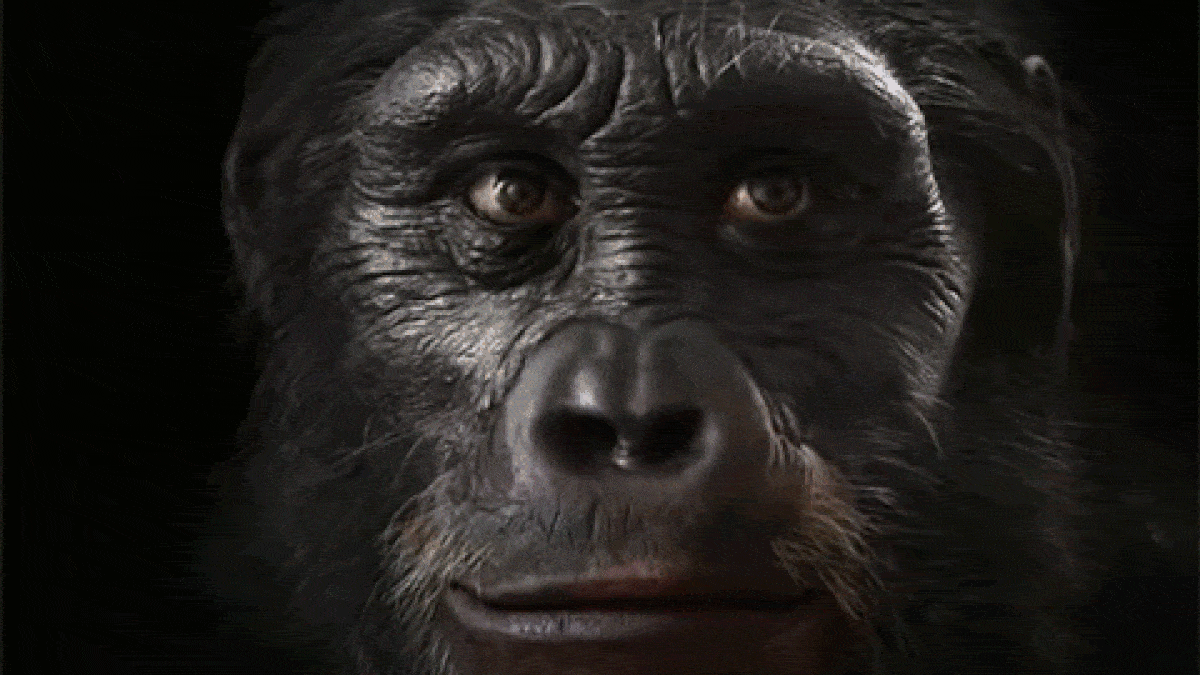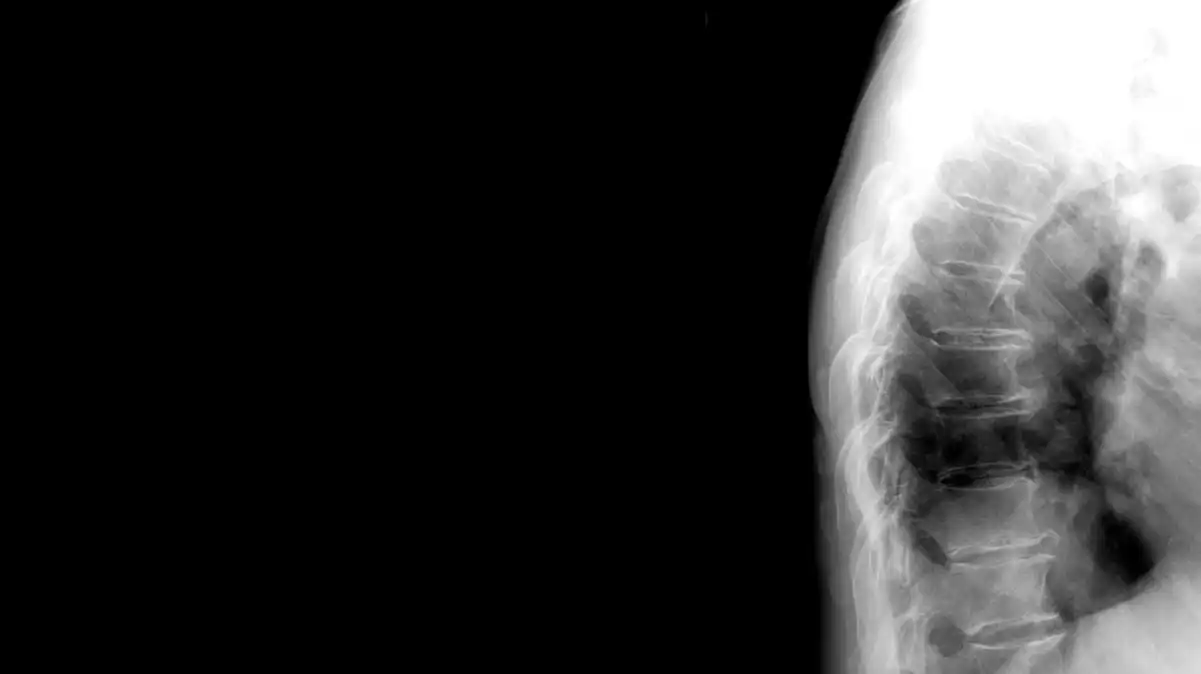Cervical osteochondrosis is a spinal condition caused by changes in the cartilage of the disc. These changes can cause other disorders in the spine, such as disc instability, spinal degeneration or even spinal sclerosis.
What causes cervical osteochondrosis?
Osteochondrosis can manifest in any region of the spine, making it challenging to diagnose. This condition gradually develops with the normal wear and tear of the spine as we age. From the twenties onward, the spine slowly undergoes degeneration. Loss of water and lubrication in the cartilage puts excessive pressure on the vertebral joints, gradually resulting in spinal instability, which is the initial stage of osteochondrosis. If left untreated, it can lead to stiffness of the spine.
The natural aging process is the most common cause of osteochondrosis, but other risk factors increase the chances of developing this condition, such as:
- Extended periods of driving
- Smoking
- Years of physical labor
- Previous spinal surgery
What are the symptoms of cervical osteochondrosis?
Typical symptoms
- Stiffness and neck pain
- Cervicogenic headaches
- Pain in the shoulders or arms
- Inability to fully turn the head or bend the neck
- Clicking sounds during neck rotation
Atypical symptoms may include:
- Dizziness
- Headaches
- Palpitations
- Nausea
- Abdominal or gastrointestinal disturbances
- Tinnitus
- Blurred vision
- Memory problems
Symptoms with cervical stenosis:
- Tingling, numbness, and/or weakness in the arms, hands, legs, or feet
- Lack of coordination and difficulty walking
- Abnormal reflexes
- Muscle spasms
- Loss of bladder and bowel control (incontinence)
- Another possible complication of cervical spondylosis is cervical radiculopathy, where bone spurs exert pressure on nerves as they exit the spinal bones. The most common symptom is pain radiating into one or both arms.
Radiographic findings may include:
- Narrowing of the disc space
- Significant disc fissures
- Void phenomenon
- Erosions of the endplate cartilage
- Reactive changes in the vertebral body (osteophyte)



